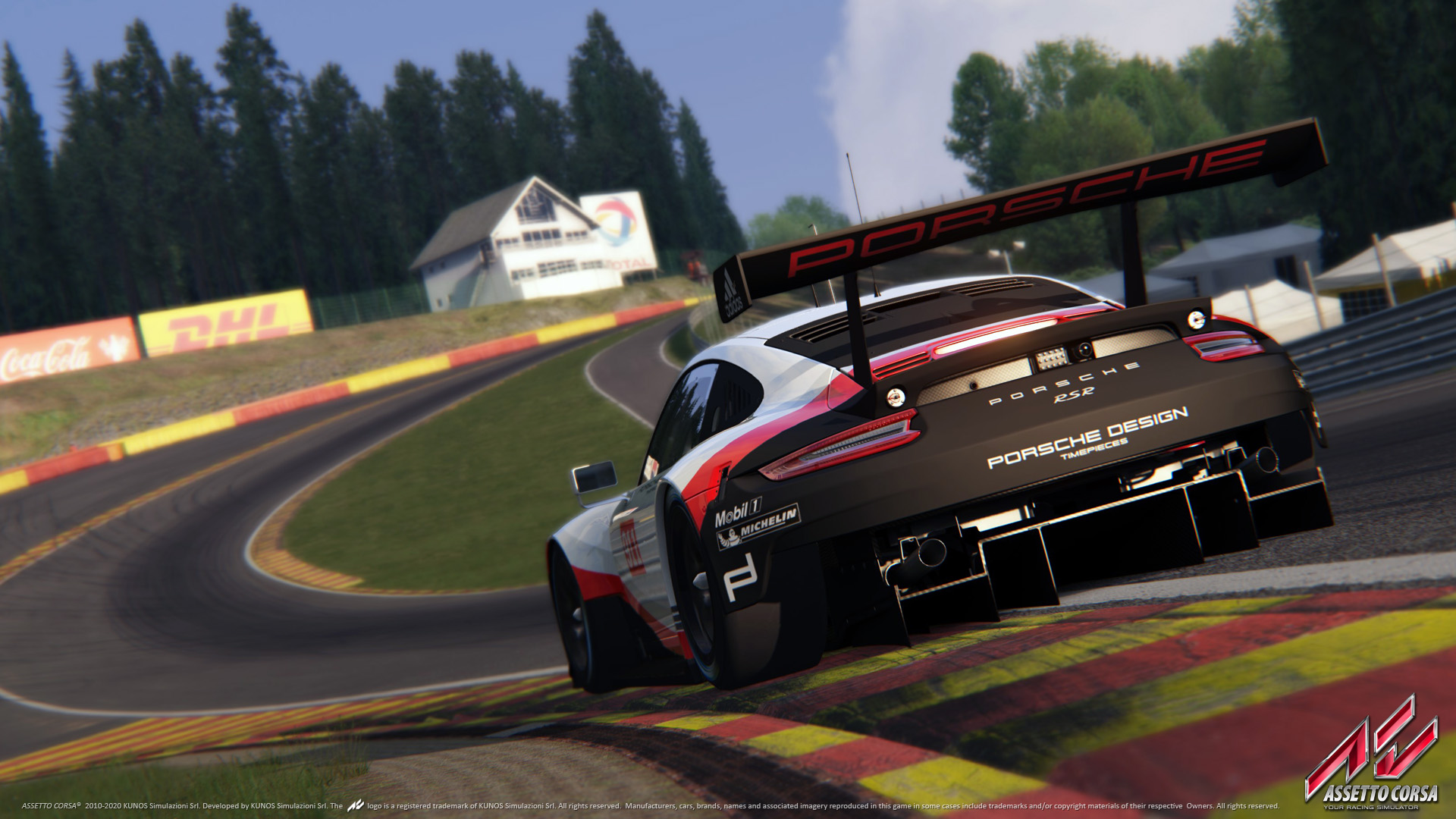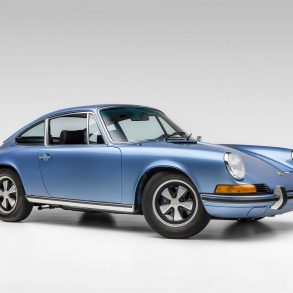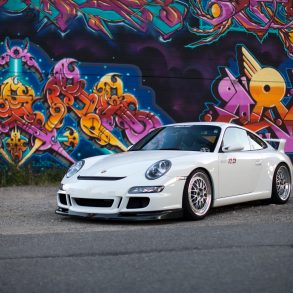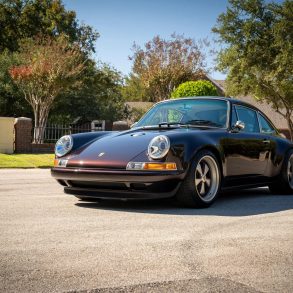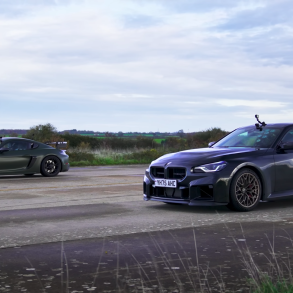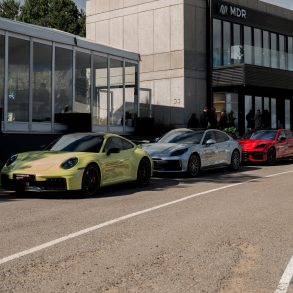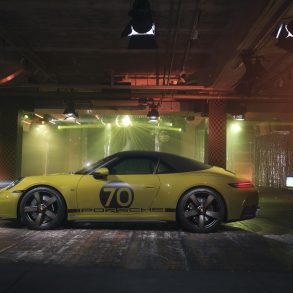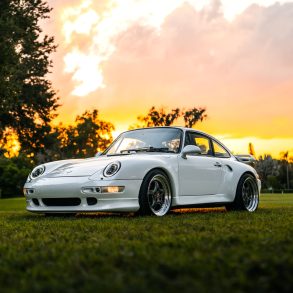Ever since Pong and PacMan came out over 40 years ago into the brand new “video game arcades” of the 1970s, there has been interest in driving games. From Gran Trak 10, the very first driving arcade game from Atari in 1974 to Assetto Corsa, Gran Turismo, Forza Motorsport, and others in 2024, there have been racing games.
It might surprise some to know, then, that at first, Porsche said “absolutely not” to anyone that asked if they could license the Porsche name, badge, and vehicle designs into their games. It was a steadfast stance, in that Stuttgart wanted to keep the driving experience in the actual driving of a Porsche. This didn’t stop cars that “looked like” the classic cars from our favorite Germans making appearances in games, however. As well, a few companies that paid quite a lot up front to get a “license” but could not use the Porsche badge in their games, which mostly happened in the early days of the first generation of home consoles.
Since those were not officially licensed vehicles, they can’t really be considered Porsches in video games. Stuttgart also signed an exclusivity deal with Electronic Arts in 2001, as the only company that was allowed to make games that carried the official Porsche license. Once again, that didn’t really stop others from making vehicles that shared a silhouette with a 911, and some pretty creative names were used with a slight wink so that they weren’t Porsches, but were 99% of the way there.
As such, we will be including both licensed and unlicensed Porsches in video games, and make a note specifically as to which are licensed and which aren’t. As well, this won’t be a comprehensive list, as that would fill a small novella sized article. We will be focusing on major appearances or milestones that showed that Porsches in video games worked before and after the first officially licensed game came out. As such, live service games like iRacing won’t be making an appearance, as those are continuously in development and have rolling releases.
1980s
1988 – Arcade/NES: Chase H.Q.
Official License: Yes (through Porsche Japan)
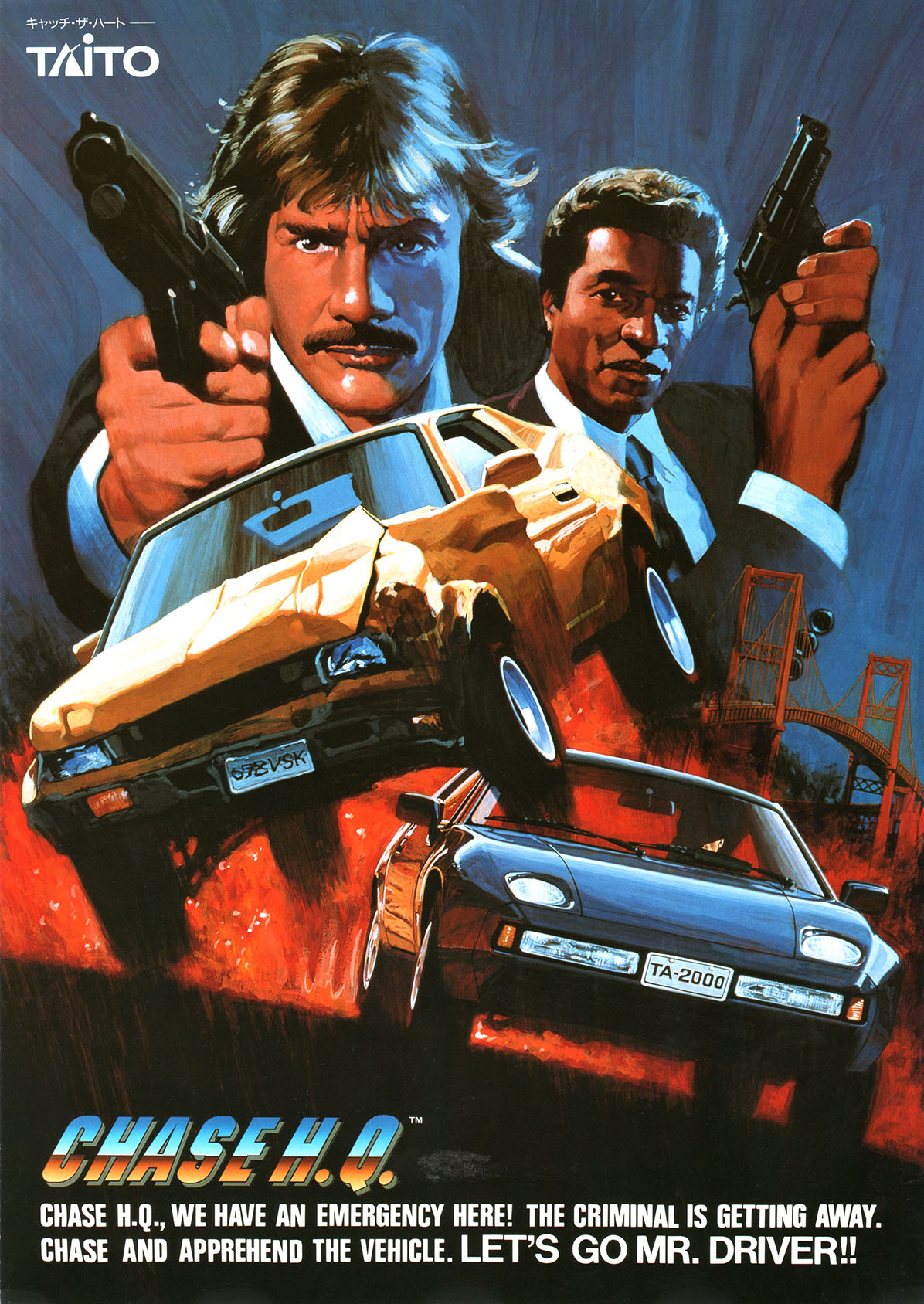
Through some intricate and in depth negotiations between Taito Japan, at the time an industry giant in video games, and Porsche Japan, a deal was worked out that the game developers could use the shape and look of a Porsche 928 in their game, but were not allowed to use the Porsche badge itself. Chase H.Q., then, became the first video game to carry an official license from Stuttgart, and the whole reason was because it was riding on the wave of “Cop in a Porsche” entertainment of the period.
Chase H.Q. was also important in the way that they were able to acquire the license, by stating and following through on trying to add “realistic” performance to the vehicles in the game. As such, among enthusiasts, it is often seen as one of the first “Sim-Cade” games, and the fact that you, the cop, were driving a high performance Porsche only sealed the deal.
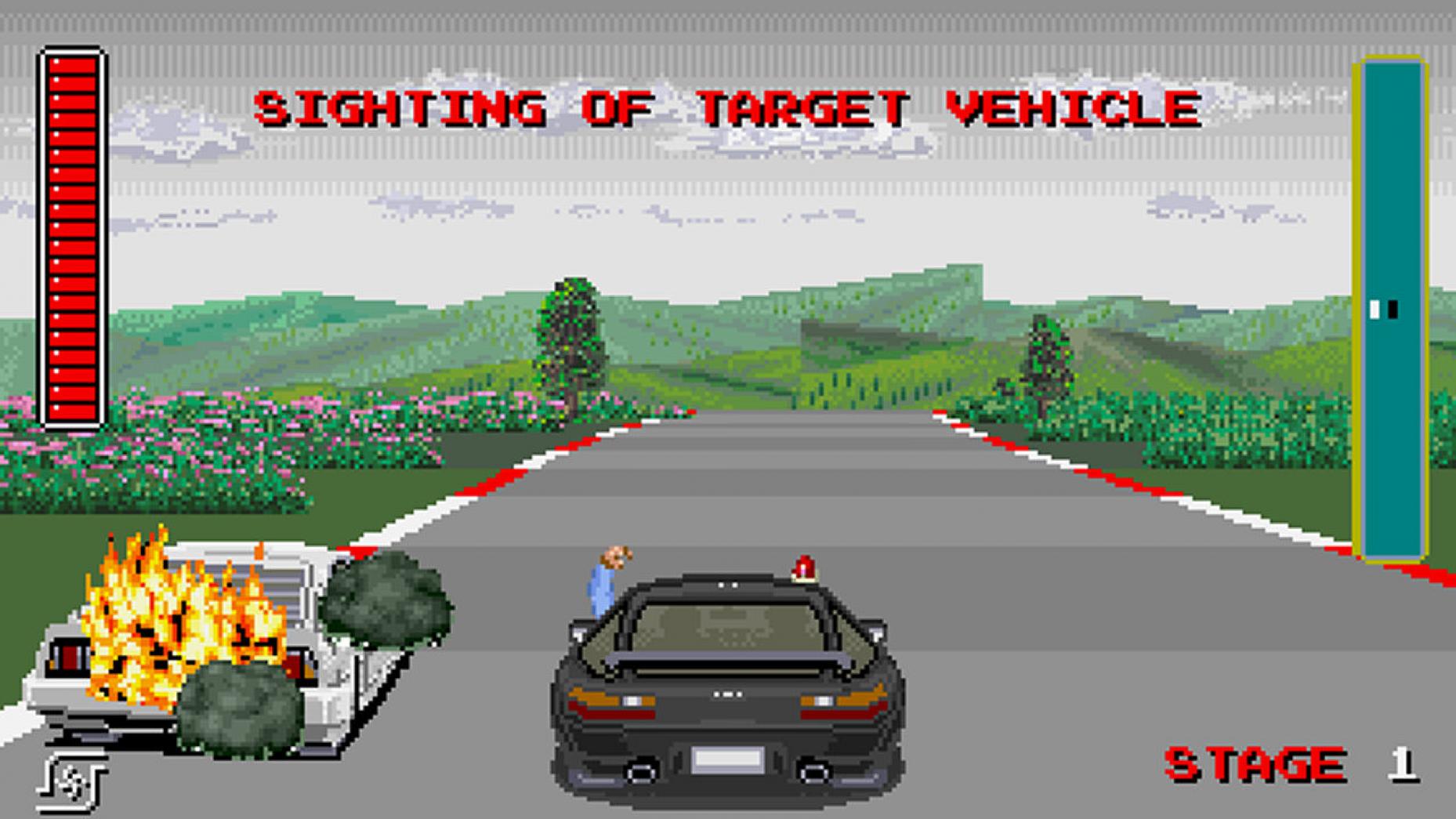
While it wasn’t really officially licensed through Stuttgart itself, Porsche Japan was able to see the writing on the wall that video games were going to become a huge industry, and they at least got their foot in the door. It loosened the steadfastness around the “Absolutely NO” policy from Porsche headquarters, and it wouldn’t be long before the Germans allowed their own first officially licensed game.
1989 – PC/NES/SEGA: The Duel: Test Drive II
Official License: Yes
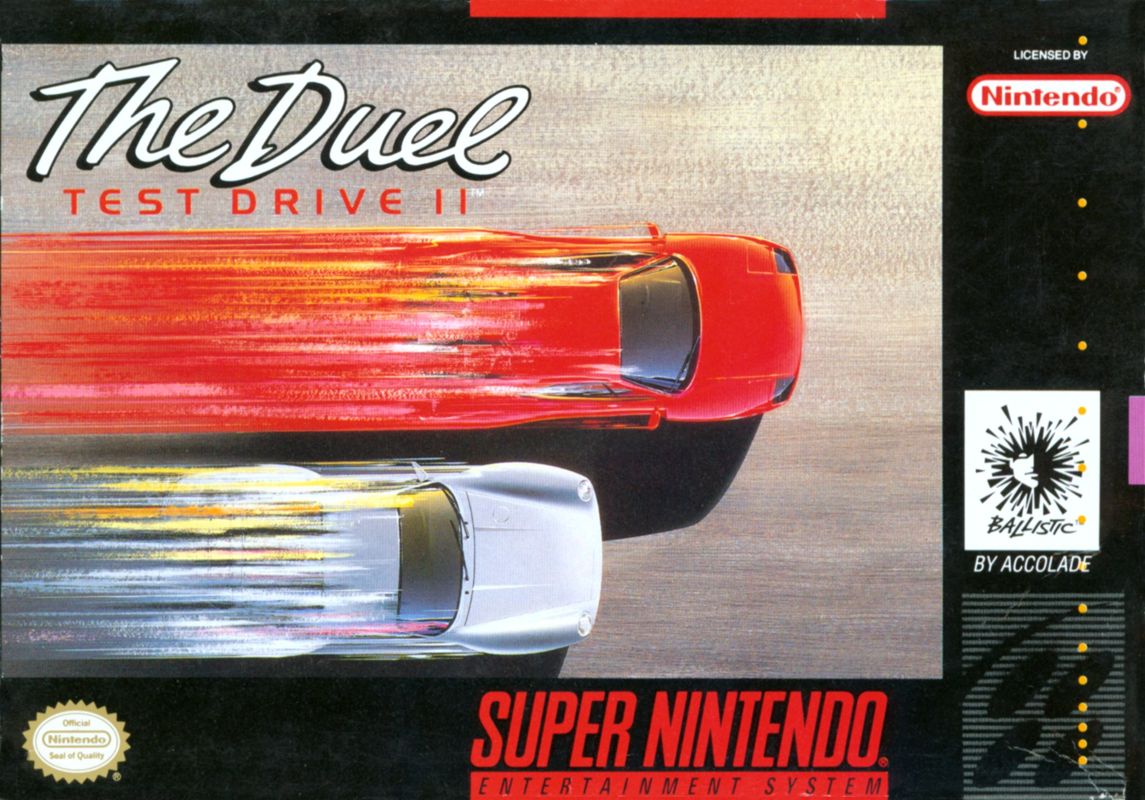
Back in the day, Accolade was a huge company, with a lot of highly acclaimed games for the burgeoning home PC gaming wave. They published everything from overhead strategy games, some of the best baseball and golf games of the time, and then they had the Test Drive series. While it would be considered basic by today’s standards, at the time it was one of the first “drive really fast exotic cars through traffic and get as far as you can” games.
The second game of the series, The Duel, upped the ante by having a computer controlled opponent that you were racing against to get to the gas station at the end of each level in the least amount of time. Using the money generated from the success of the first game (It sold over 500,000 copies, which at the time was astounding), Accolade was able to secure two major licenses: Ferrari for the F40, and Porsche for the 959.
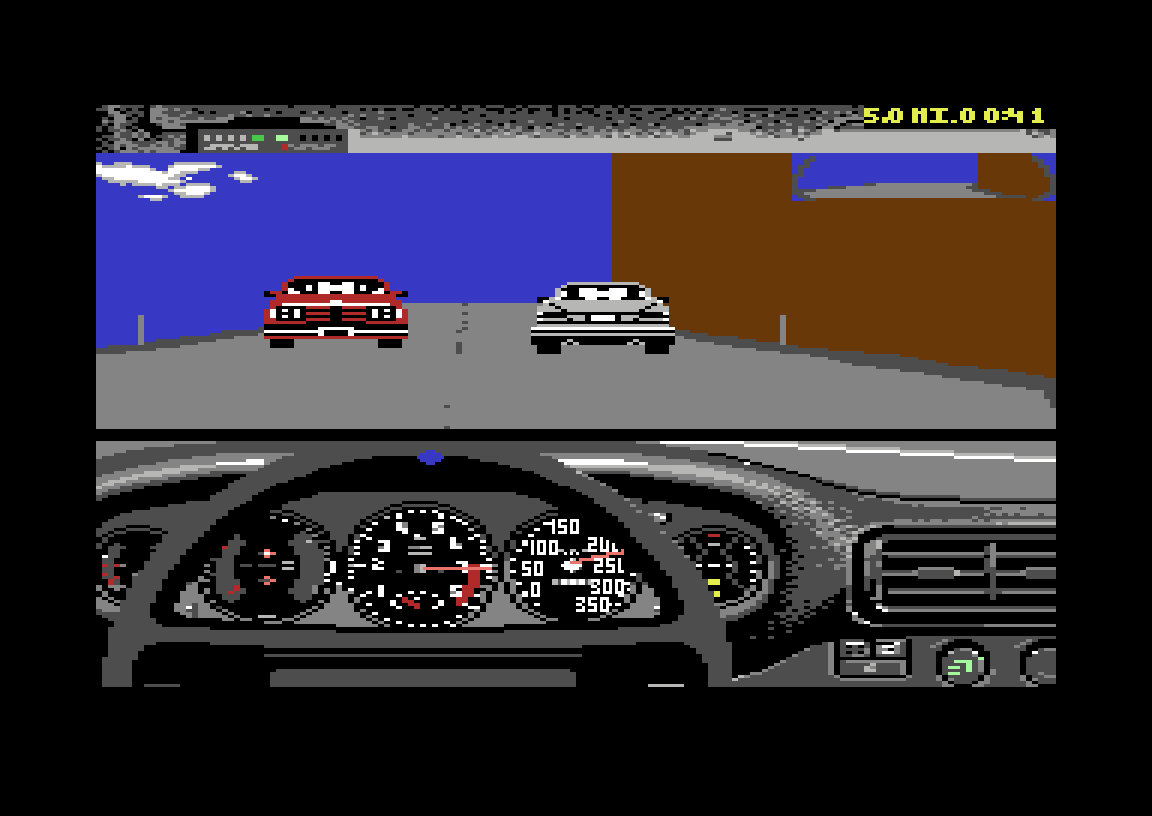
Much like real life, The Duel was pitting two supercars head to head, both from the late 1980s, and both the absolute pinnacle of tech that each company had. This licensing deal was a very last minute thing, as almost literally two days before the game started production, the agreement was signed. The big important historical note here is that it was the first game to be officially licensed by Porsche GmbH, aka Stuttgart, aka the real Porsche.
A fun note as well is that this is the one and only time that the 959 has been officially licensed for use in a video game.
1990s
1993/1994 – Arcade/PS1: Ridge Racer
Official License: No
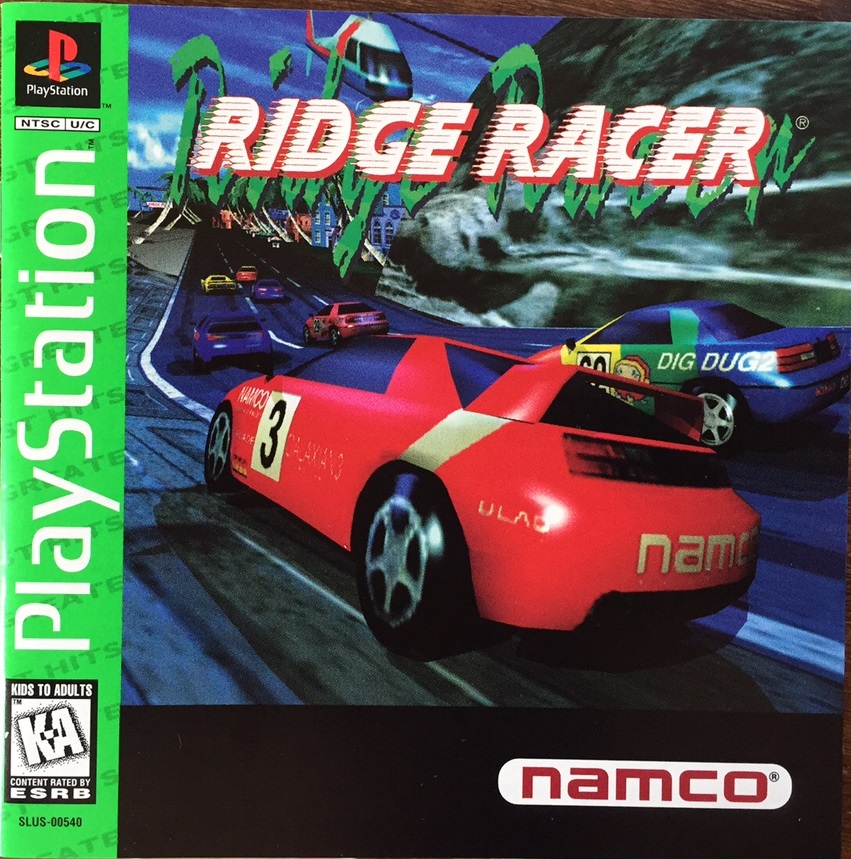
When the PlayStation launched at the end of 1994, it marked the official beginning of the fifth generation of consoles. At the time, it was a war between Sega, Nintendo, and Sony, and each were looking for their “killer app” game that would be worth buying the console for. Nintendo and Sega both has Mario and Sonic respectively, so Sony pivoted and doubled down on every game for the PS1 launch was a killer app because it was 3D.
Namco (later Namco Bandai) was deep in cahoots with Sony at the time, and they had an arcade game that used revolutionary 3D graphics to simulate racing around Japan’s tight and twisting mountain roads, a style of racing known as tōge (aka touge, pronounced “toe-geh”). That arcade game was Ridge Racer, and one of the “Advanced” cars in the game was the 13th Racing car. Now, if you look at the picture below and squint a little, one of the most legendary shapes Porsche has ever made for their race cars shows up.
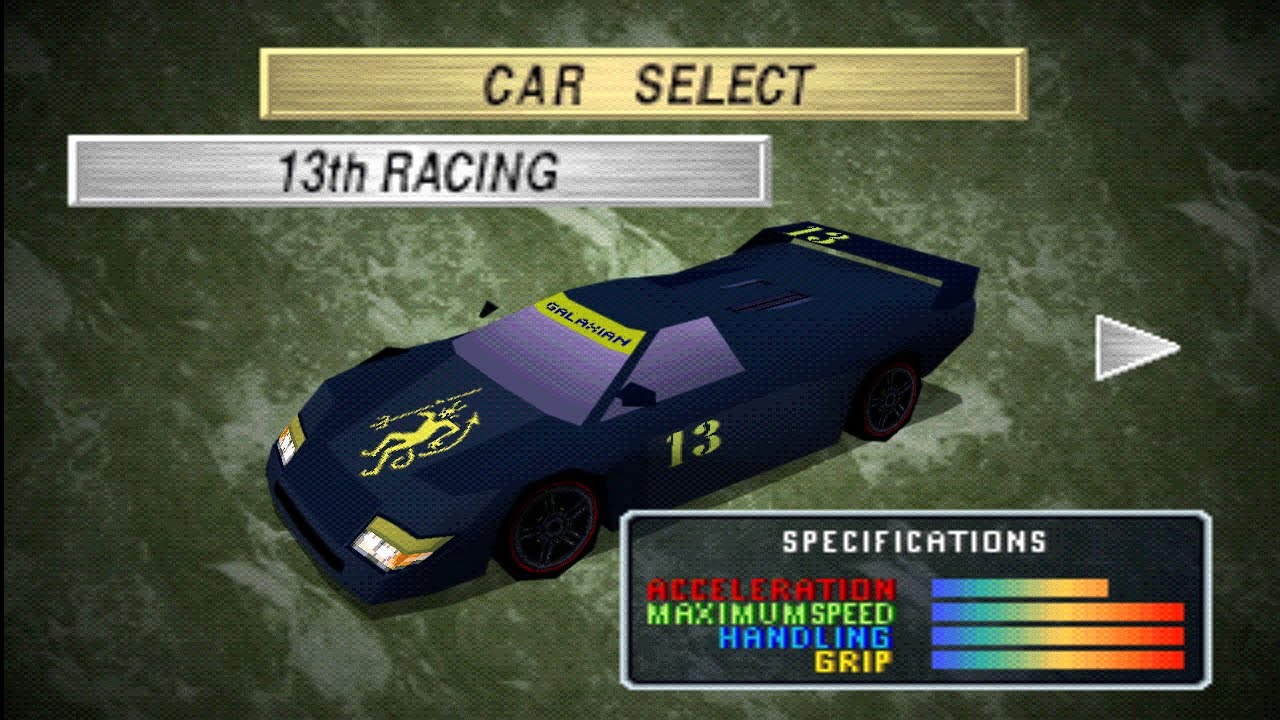
The 13th Racing car, while not officially licensed, emulates the Group C monster that was the 962C. It also only showed up in the Playstation version of the game, which was one of the launch titles for the console, and garnered a huge following as being able to race in 3D was revolutionary for a home console. Namco and Sony formed an official partnership soon after that saw Namco making games exclusively for the PS1, all based on Ridge Racer. This started the “PlayStation is the console for you if you like racing games” movement, and that made Sony realize one of the biggest sim-racing franchises any console has ever seen…
1999 – PS1: Gran Turismo 2
Official License: No
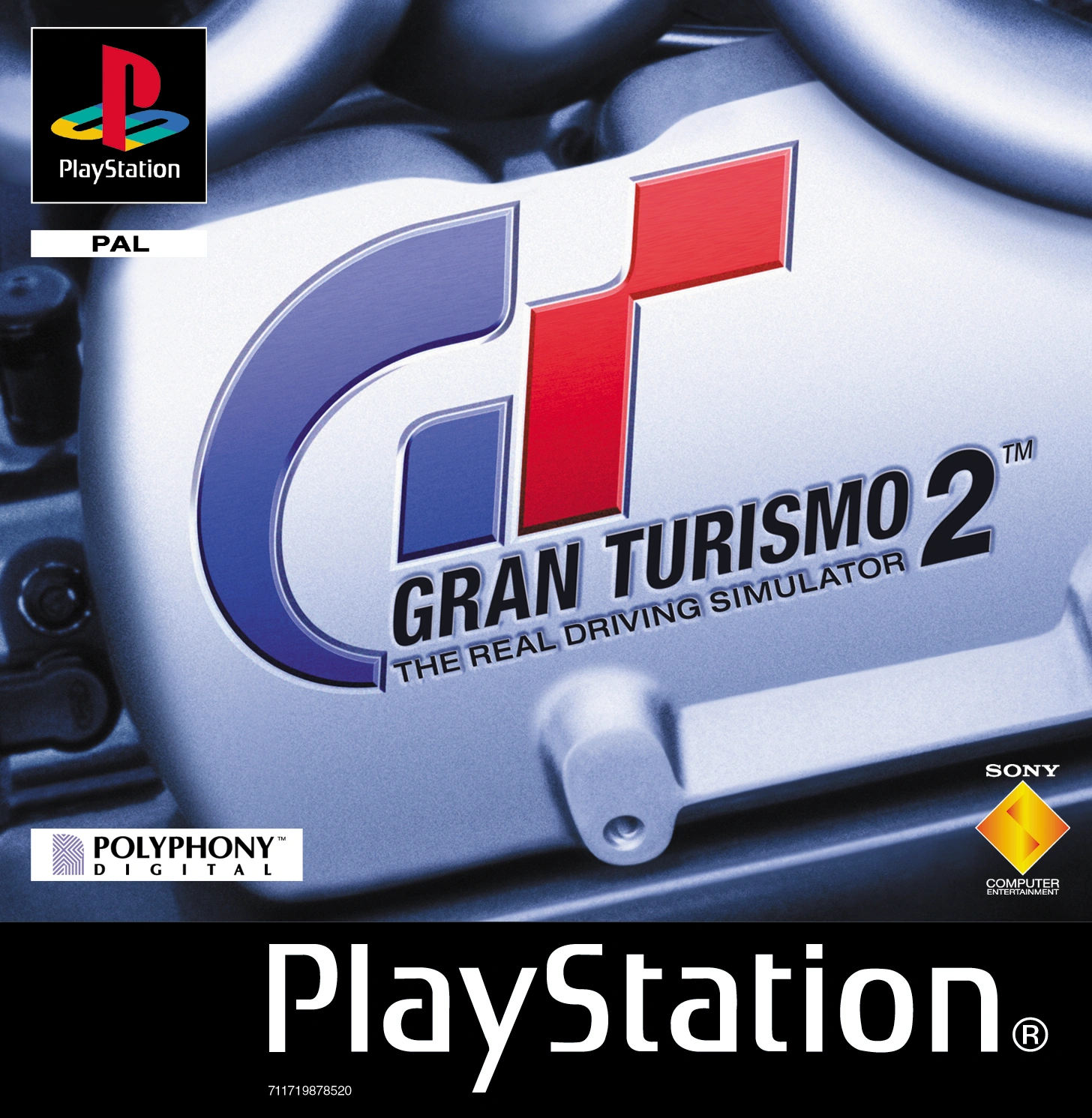
The original Gran Turismo, released in 1997, was one of the most successful games the PS1 had seen. Over 10 million copies sold worldwide, garnered a massive fandom, and, with the rise of the internet, it also saw the beginning of posting times competitively on forums as to how fast one could drive a specific car around a specific track. The first game had 180 cars, but for Gran Turismo 2, Sony pulled out all the stops and included almost 600 cars.
However, despite a very large amount of cash offered, Porsche turned down officially licensing their cars to appear in the “simulator” game genre instead of “sim-cade” genre, as well as having a deal with another company as will be explained in a moment.
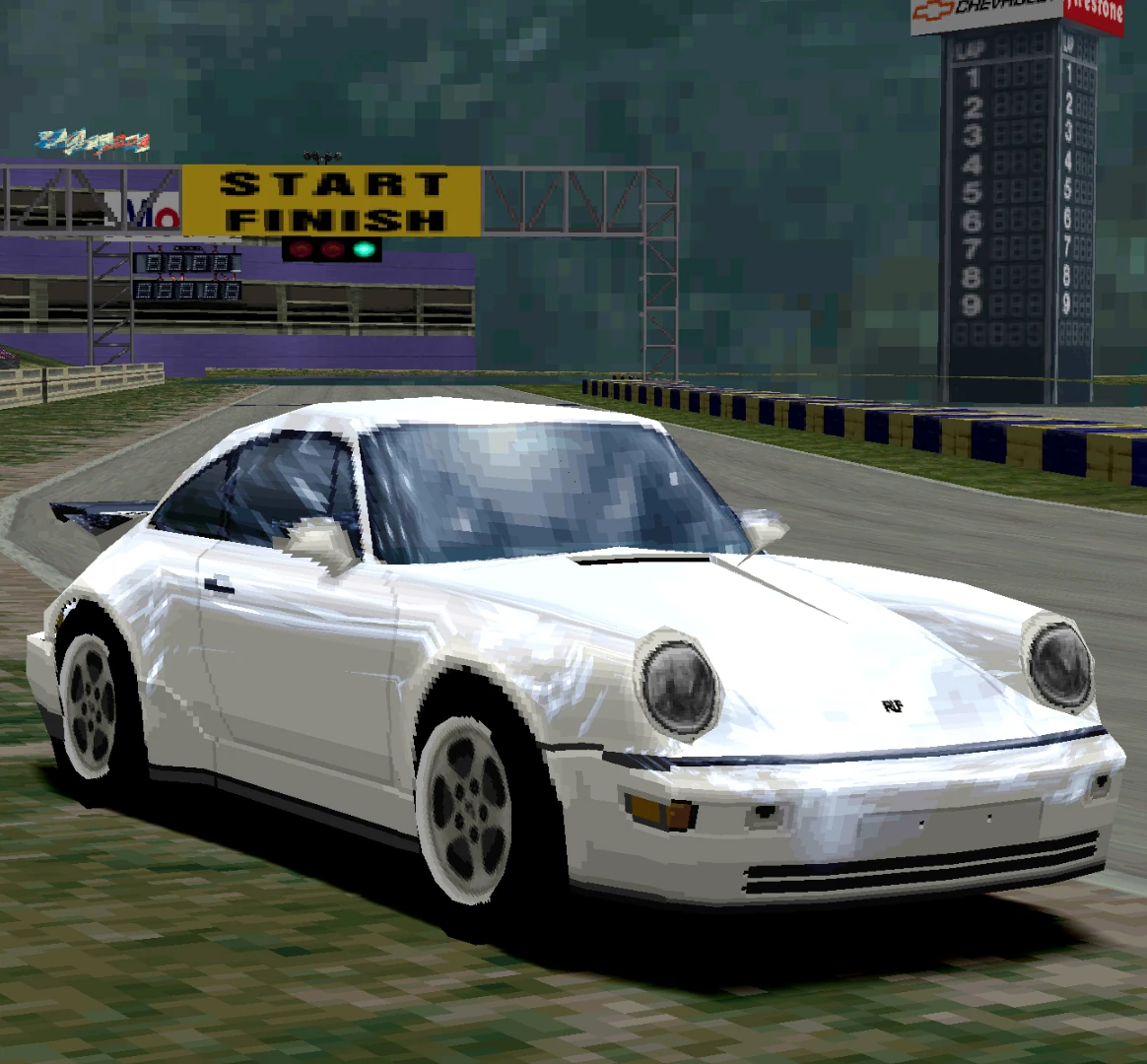
Thankfully, just down the road from Stuttgart is a little tuning company known as RUF. Since they were just a small company with some very fast cars developed on Porsche shapes and chassis but crucially were considered cars of their own, they happily accepted the gigantic briefcase of cash that Sony was handing over. An interesting fact is that sales of RUF cars rose slightly in the very late 1990s because of this deal and people “test driving” the RUF cars in the game.
As such, the 911 shape was introduced into Gran Turismo 2, and a few of them became notorious for how difficult they were to drive. The most important of those was the 1987 RUF CTR Yellow Bird, a heavily modified Porsche 911 Turbo 3.0. Players had to be extremely gentle when applying throttle with the right stick on their controllers, because if you floored the car at any point, it would literally go sideways. It became so infamous for its extremely difficult handling and raw speed that it has been one of the staples of the series, appearing in all subsequent games save two.
21st Century
2000 – PC/PS2: Need for Speed: Porsche Unleashed
Official License: Yes (in every aspect)
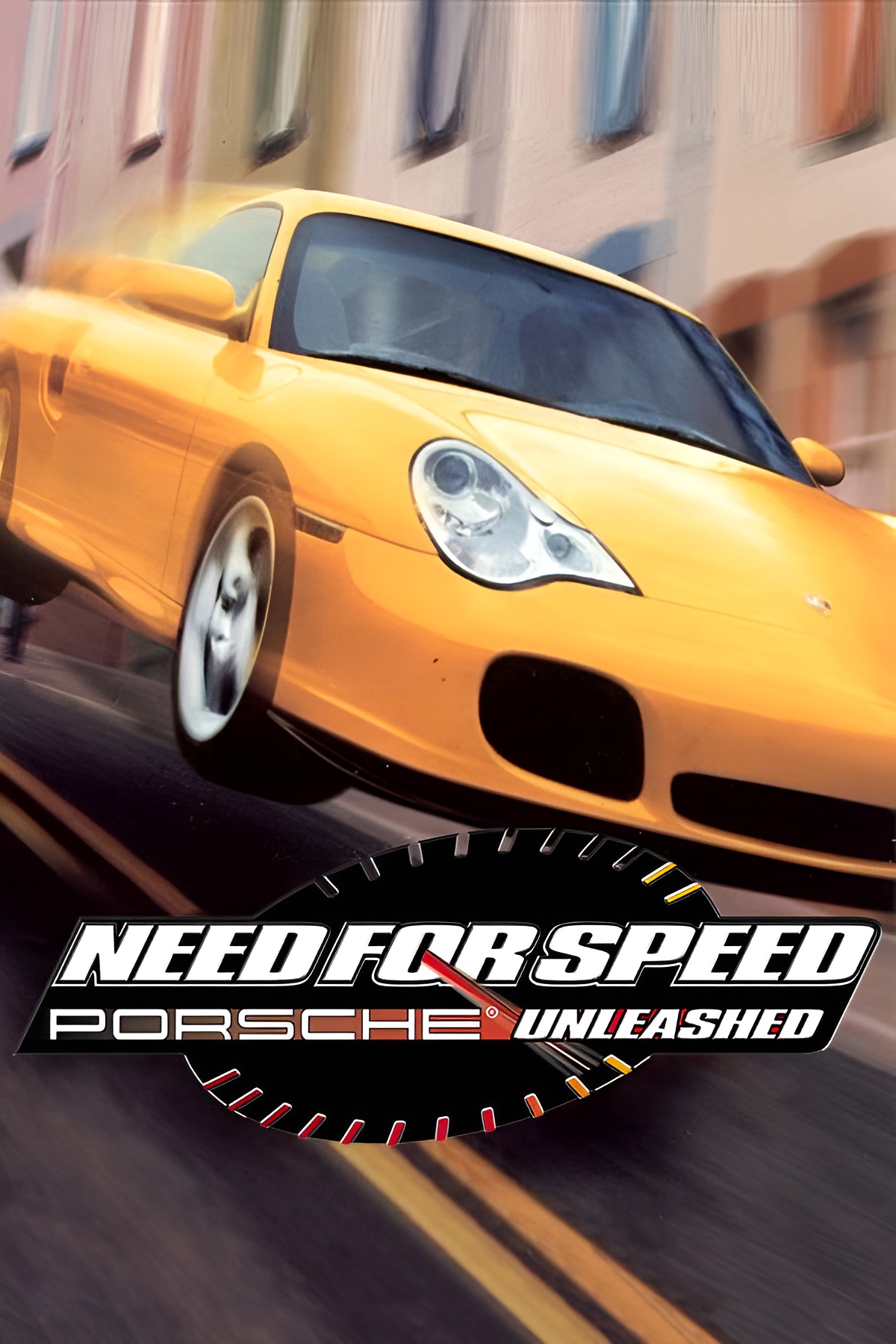
In 1998, Electronic Arts approached Porsche with quite literally a blank check and asked them how much they wanted to provide EA with exclusive rights to developing, publishing, and distributing games associated with Porsche for the next decade. No one knows the amount that was settled on, but it must have been massive as the exclusivity license deal was for 10 years, and the publishing/development deal was increased to 15 years, starting in 1999, before it was signed.
From that meeting, Need for Speed: Porsche Unleashed was the first full game that was spawned and the second Need for Speed made after the licensing deal, and it was absolutely groundbreaking at the time. Featuring no other cars other than Porsches, it had everything from 356s all the way up to the then new 996 generation 911. It also was the first game to feature a version of the Weissach test track, which was used for a range of the “Factory Driver” story mode driving challenges.
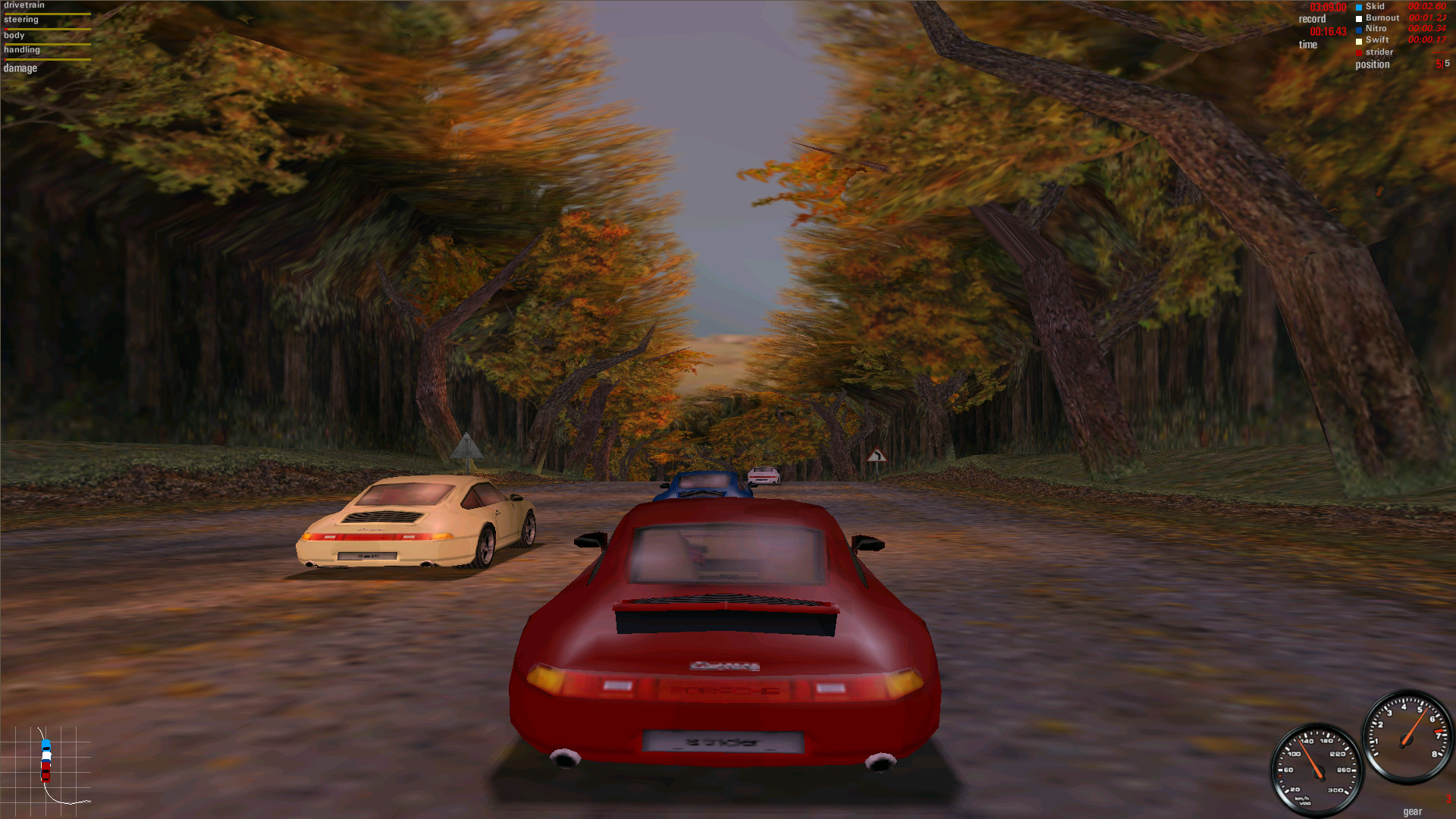
Need for Speed: Porsche Unleashed was praised for its focus on car handling, capturing the real feel of the cars, and including one of the first built-in peripherals list that allowed for steering wheels and pedals from companies like ThrustMaster, Logitech, and the like to be plug and play with the game. It was also acclaimed for pushing graphics as hard as they could be on the still new GPU cards that took care of all the 3D graphics processing, and for capturing the “look” of Porsches. At the time, it was one of the most demanding 3D games if you turned every setting up to maximum and ran it at the unheard of monitor resolution of 1024×768.
A bit of trivia is that Porsche Unleashed was the second video game that was allowed to use the Porsche crest on its box art, marketing materials, and include it in the title screen. The first? Need for Speed: High Stakes from 1999.
Throughout The 2000s – PC/PS2/PS3: Need for Speed games
Official License: Yes
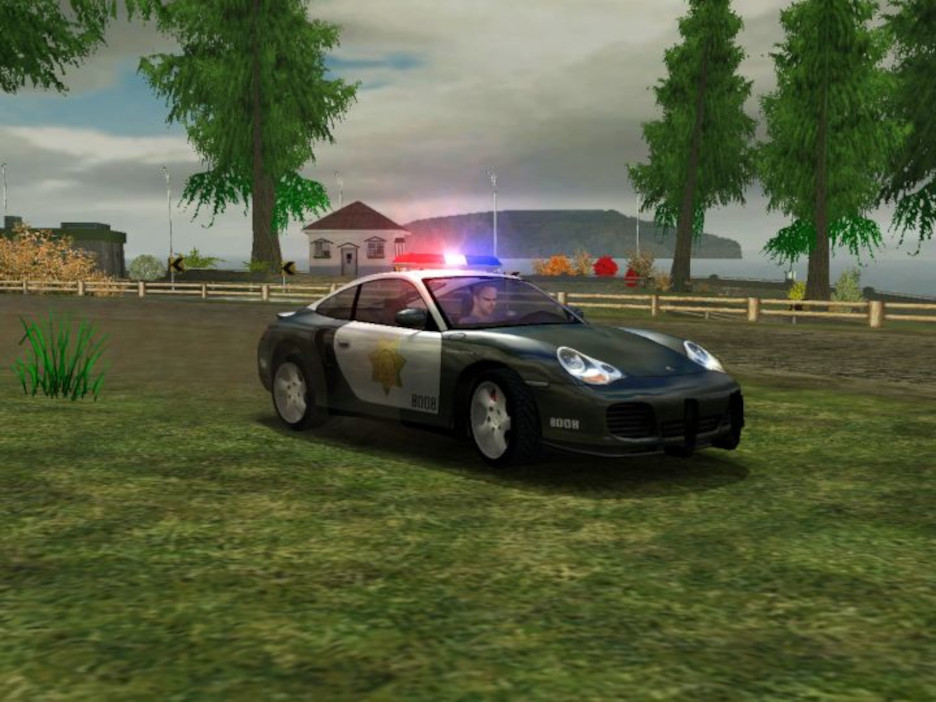
It would take forever to list every single game out that EA used the Porsche license with, so we’re going to run them down quickly instead. All of these games have “Need for Speed” before their names:
- Hot Pursuit 2: One of the cars you could drive as either a police car chasing other players or the computer was a police version of a 911. You also had access to a 911 and 911 Turbo as cars to outrun said players or computer if you were the one trying to get away.
- Most Wanted: A different take on the Need for Speed series, Most Wanted took place in a sprawling city and allowed you to upgrade your cars with wheels, performance parts, and event nitrous oxide. It featured “illegal” underground car scene races that took place with traffic getting in the way, where you had to both beat your opponents and outrun the police if you caused too much damage to the city.
- ProStreet: Unlike Most Wanted, ProStreet was the first real attempt by EA to build an actual sim-racing game instead of a sim-cade game. They developed a whole new physics engine that took advantage of the much higher processing power of the Xbox 360 and PlayStation 3 consoles, as well as PCs, and even went as far as including a wind tunnel mode in the game so players could tune their aerodynamics.
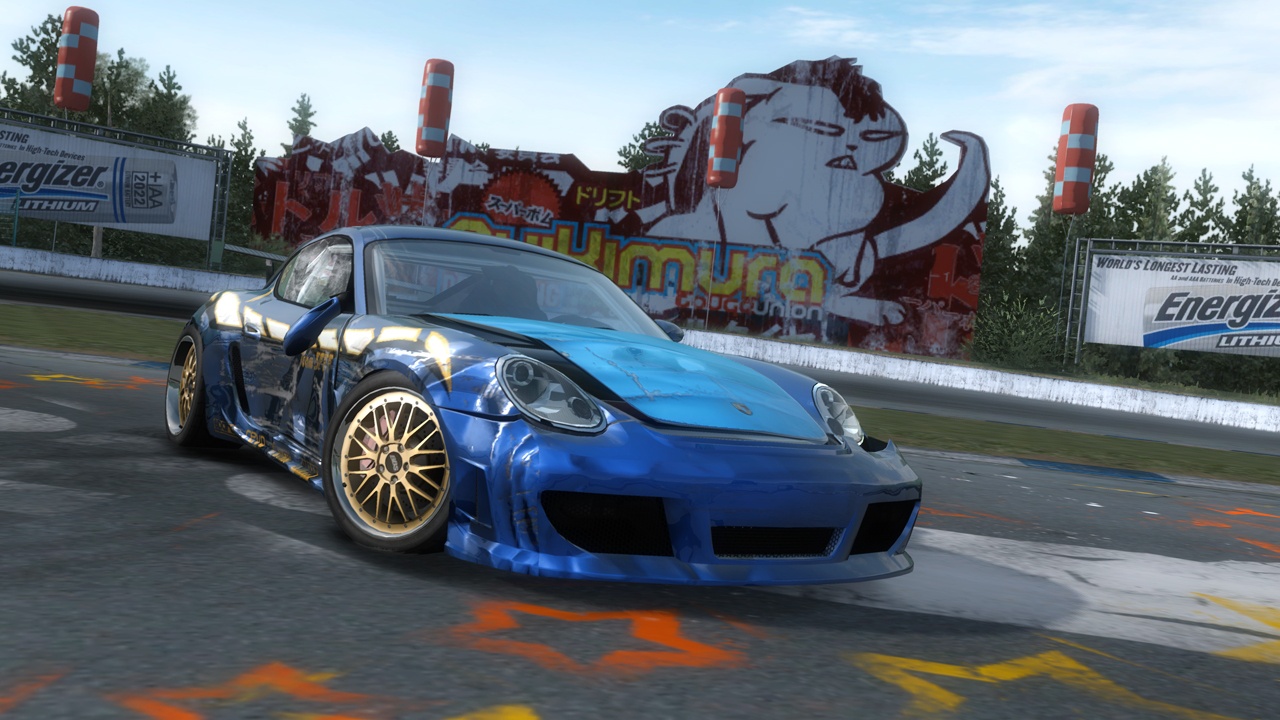
- Undercover: A follow-up to Most Wanted and featuring a 997 Turbo on the cover art, Undercover saw the player once again taking part in illegal street races, but this time as an undercover police officer trying to get to the center of a criminal syndicate. It used the upgraded physics engine from ProStreet, albeit tuned down a little to be more “sim-cade” once again.
2009 – Xbox 360: Forza Motorsport 3
Official License: Yes
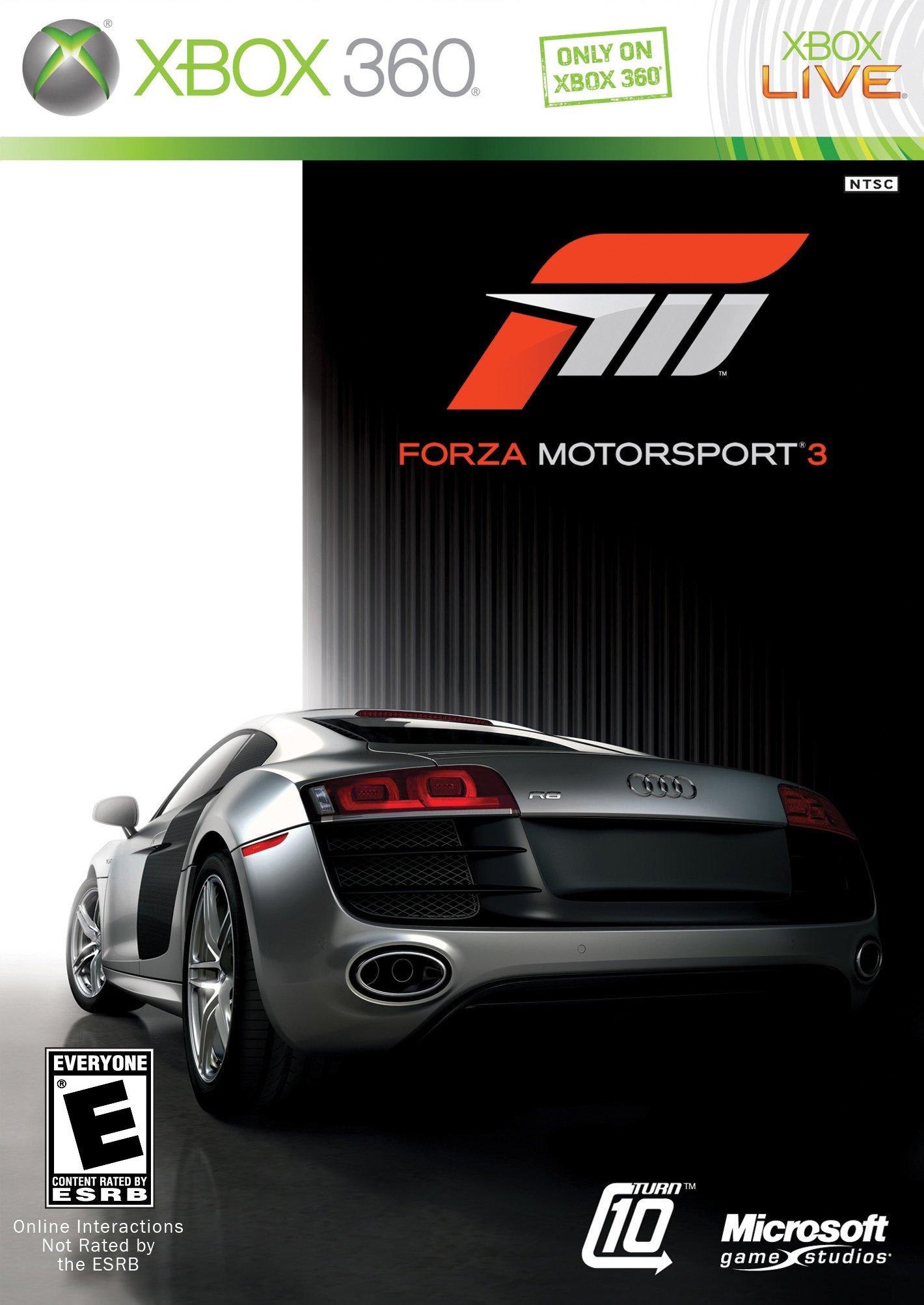
If any company could afford to swoop in and get an official license the moment the exclusivity part of Porsche’s deal with EA was over, it’s Microsoft. The moment 2009 hit, they were there in Stuttgart with a bagful of cash, getting an official license so they could include a Porsche Type 997 911 Turbo in Forza Motorsport 3.
This game is important as it marks the first game to be officially licensed by Porsche other than a Need for Speed game in a decade. It also exposed a loophole in the deal between Stuttgart and Electronic Arts. Due to a gaffe a decade earlier, there was some wording about the development of games with Porsche cars that restricted the development of games that only featured Porsches to EA, instead of being “a car among many” in the game. Basically, if it had other cars in it, you could develop it and EA didn’t get a cent from it.
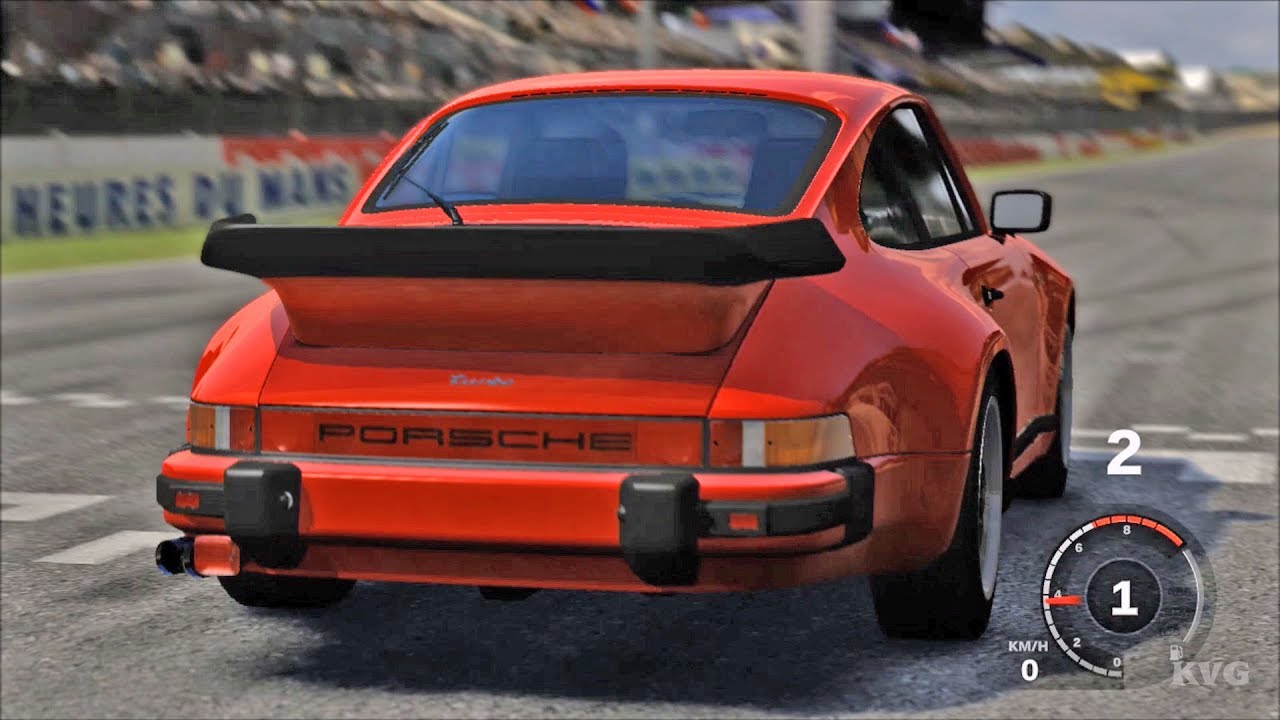
It opened the floodgates, with many other companies all of a sudden clamoring to include Porsches in their games, but it all started with the competitor to the Gran Turismo franchise nailing down a good deal. Because of this, many more games, and gaming companies, started to gain licenses from Porsche, due to one badly worded sentence on an agreement in 1999. However, in 2014, EA’s full deal would expire, and one company waited long enough to produce one of the greatest simulator games of all time.
2014 – PC (later PS4/XBOne): Assetto Corsa
Official License: Yes
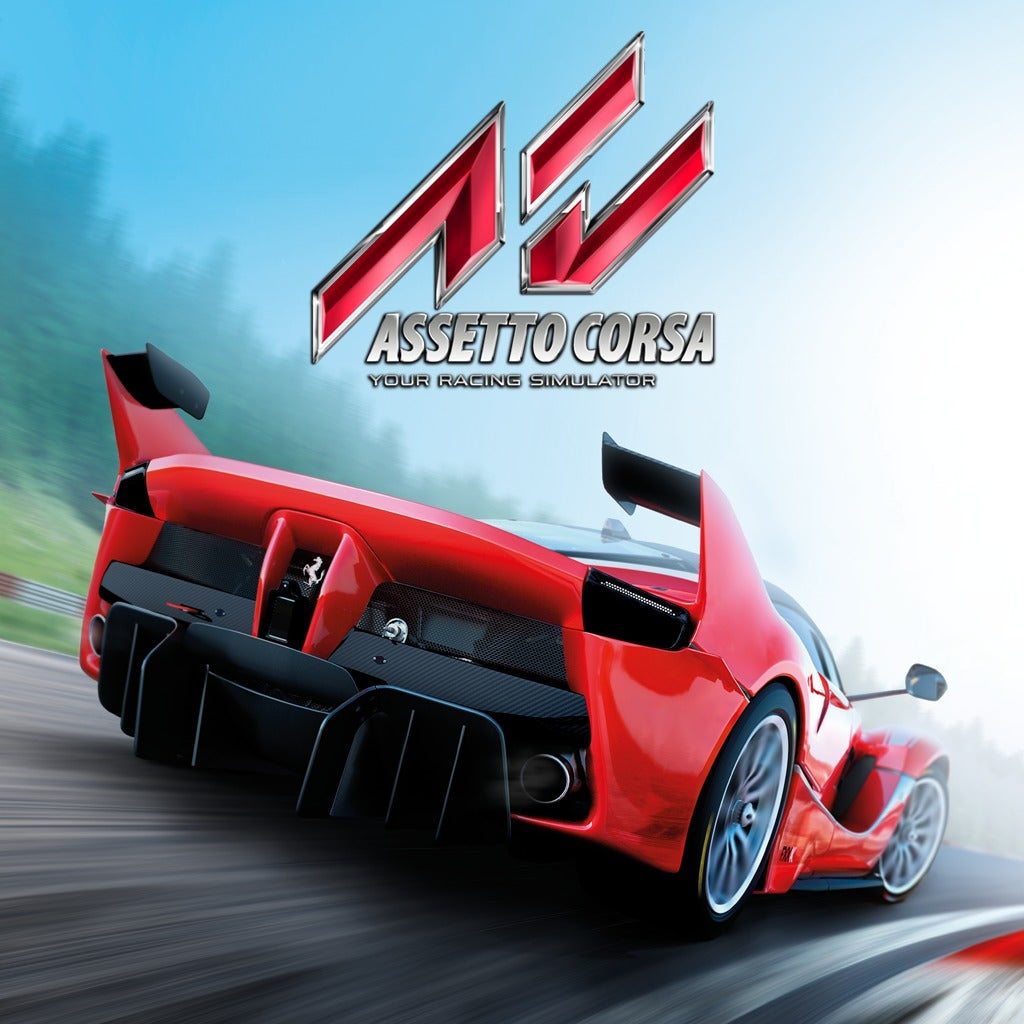
Perhaps the most significant racing simulator to come out in the 21st century so far. There are other sim-racing games, for sure, but Assetto Corsa took the sim-racing bar and raised it to untold heights. Developed by Kunos Simulazioni, an Italian company that specializes in making hyper-accurate simulator training “games” for professional race teams, they took their expertise and made a PC simulator from it. They even included the ability for the very first VR headsets at the time, the Oculus Rift and HTC Vive, to work with the game so you could actually “drive” the cars from the driver’s seat.
So much was the focus on simulation that there is no storyline or overarching objective. It is literally a sandbox for any player to hop in, drive around several world famous tracks in cars that handled in a very realistic way, and have fun doing so. Just to provide an example, Assetto Corsa was the first “game” to model real-time tire sidewall deflection, as well as modeling slipstreaming using a pared down computer fluid dynamics model, the same kind that Formula One teams use to visualize airflow.
As part of the base simulator, the Macan Turbo, Panamera Turbo, and Cayenne Turbo were included. Not exactly what you’d call the most spectacular of lineups. However, there was a method to the madness as about a year after release, the Porsche Pack was released as a DLC for about $10. The first three cars had been made as a demonstration to Stuttgart just how good the sim was in modelling their vehicles, and it convinced the licensing department at Porsche.
That first pack included a 718 Cayman S, 911 Carrera S, a Porsche 911 RSR 3.0, the 918 Spyder, the 917/30 CanAm Spyder, the 935/78 Moby Dick, and the Cayman GT4 Clubsport.
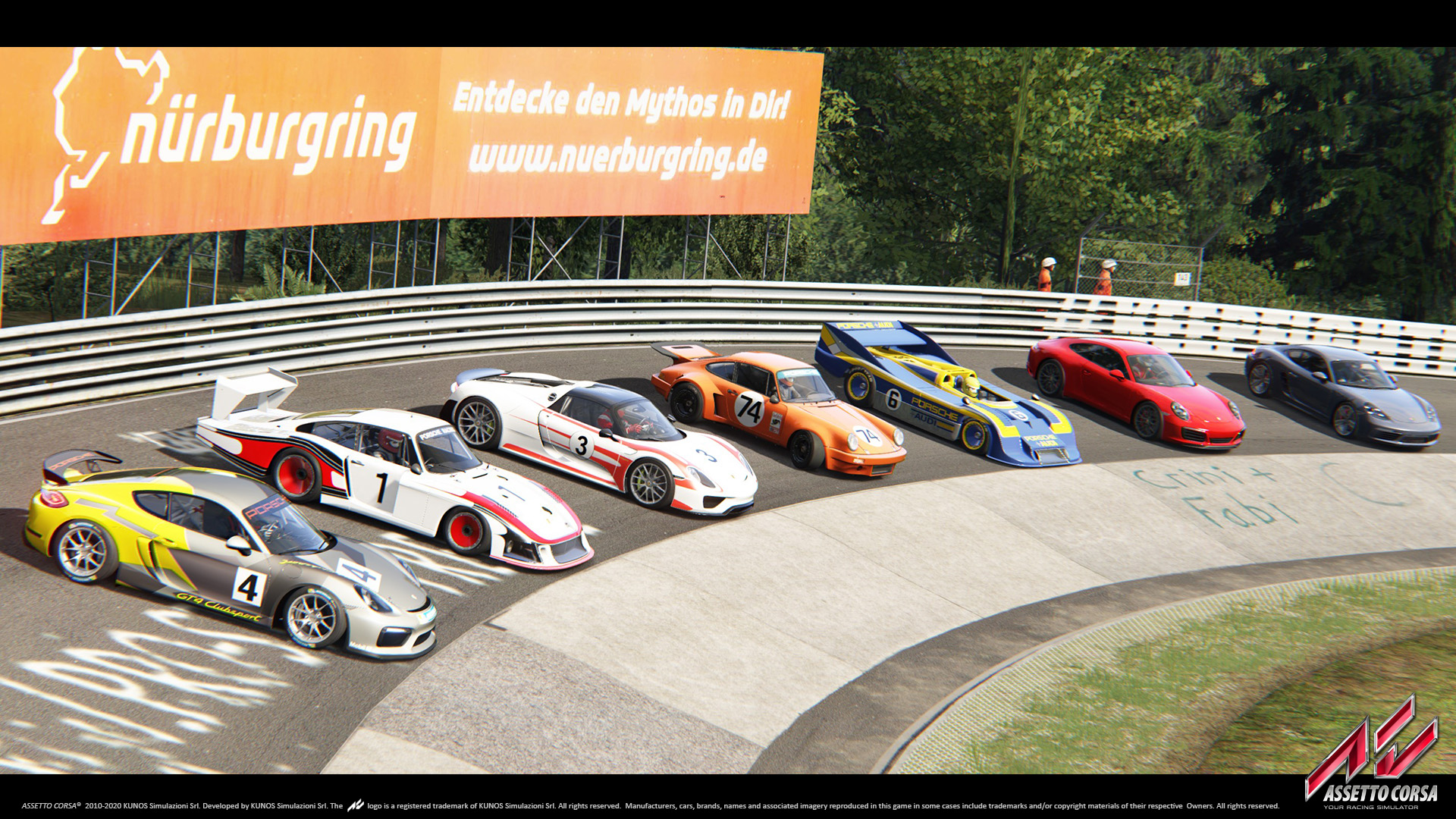
A year later, Porsche Pack 2 arrived, coinciding with Porsche’s wins at Le Mans. The biggest part of this pack was the inclusion of the 919 Hybrid 2015, which was developed and simulated with assistance from Porsche Motorsport to make it hyper-accurate in how it drove. Also in the pack were several 718’s, the 911 GT1 98, a 991 GT3 RS, 962C long and short tail, and a Cayman GT4.
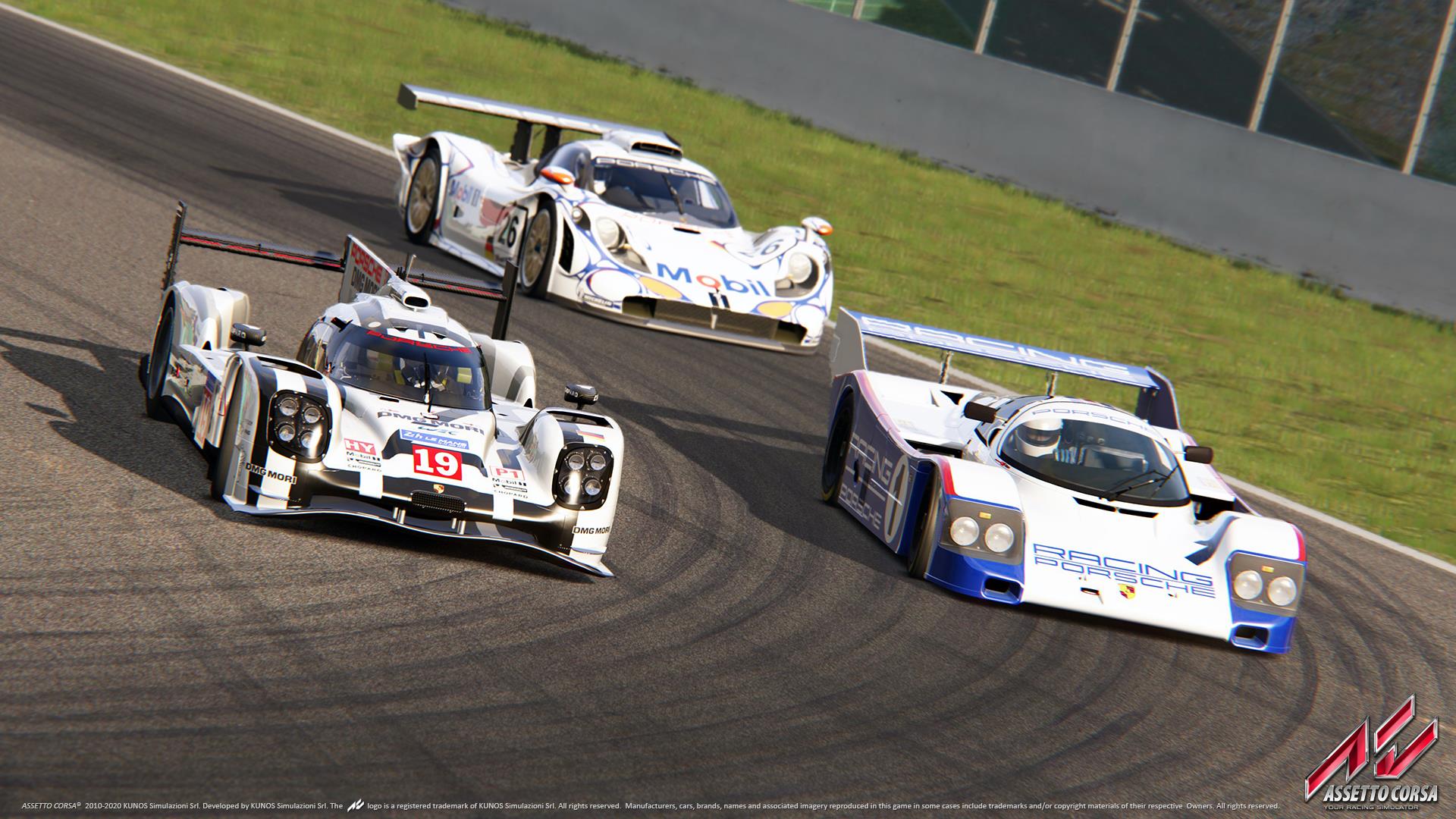
This entry is long because with Stuttgart so happy to have their cars in a proper simulator, they allowed for Porsche Pack 3 to be made. This is perhaps the most significant one in terms of cars, as Porsche brought out a lot of their race cars to Kunos, who are situated within the track at Circuit Vallelunga, and allowed them to drive some pretty legendary cars to get the handling and feel right. They also laser scanned the cars to make their dimensions in the game absolutely bang on correct.
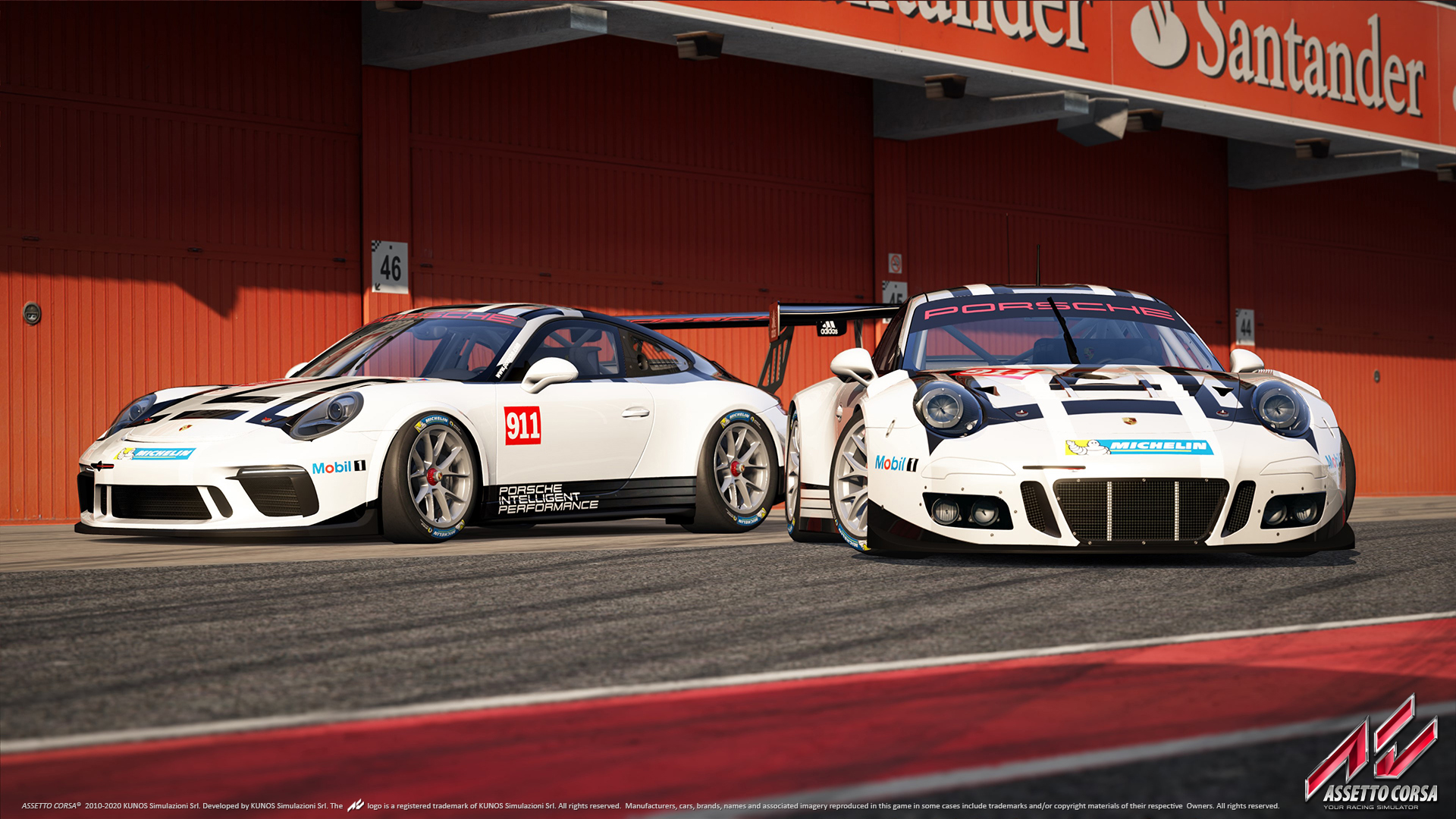
Porsche Pack 3 contained a 908 LH, GT3 Cup 2017, GT3 R 2016, RSR 2017, the 911 R, 991 Turbo S, 917 K, and the 919 Hybrid 2016.
It really shouldn’t need to be explained as to the absolute milestone that this was for a game/simulator. A professional simulator company, working with Porsche to create some of the most hyper-accurate versions of their cars, including race cars that were still racing at the time of release, in a game that the public could buy and play. To date, it is by far the most extensive participation of Porsche in developing and simulating their cars, as Porsche Motorsport worked with Kunos to fine tune everything so that the 911, 919, 918, 718, and all the others were simulated as close to real as possible.
Porsche also licensed Kunos to use their cars again for the follow up to Assetto Corsa, Assetto Corsa Competizione in 2020. That simulator is equally important as the base Assetto Corsa, as it is the official game for the International GT Challenge. Because of their history of working with companies to make their cars hyper-accurate, all of the competitors in GT3 and GT4 racing under the GT Challenge umbrella were only too happy to bring their cars to Vallelunga.
The result is that ACC, as it’s known in the sim-racing community, is used by many of the drivers within the series for training at home. This was also demonstrated during the global pandemic, when Kunos hosted official eSports rounds in ACC featuring the actual drivers from the series, so they could keep their skills up while also entertaining people watching the livestreams.
While there are much more recent games in 2024 and upcoming ones in 2025 that have Porsche licenses, Assetto Corsa was the last one to be a major milestone in that it involved Porsche Motorsport themselves in making the Porsche Packs.


